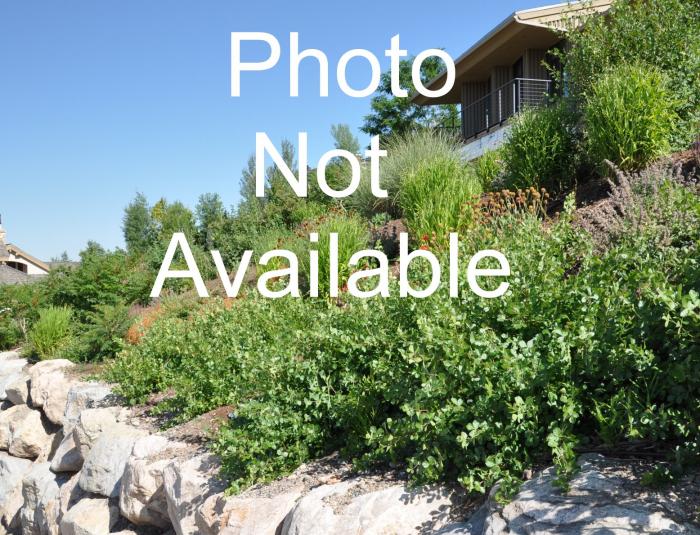| Botanical Name: Campanula rotundifolia | |
| Common Name: Bluebell-of-Scotland; Harebell |

-
Anatomy
-
Culture
-
Design
Plant Type
Ground cover, Perennial
Height Range
Under 1'
Flower Color
Blue
Flower Season
Summer
Leaf Color
Light Green
Bark Color
n/a
Fruit Color
n/a
Fruit Season
n/a
Sun
Full, Half, Shade
Water
Medium
Growth Rate
Moderate
Soil Type
Clay, Loam
Soil Condition
Average, Rich, Poor, Well-drained
Soil pH
Neutral, Basic
Adverse Factors
Attracts Bees
Design Styles
English Cottage
Accenting Features
Showy Flowers
Seasonal Interest
Summer
Location Uses
Entry, Perennial Border, Shrub Border, Foundation, Parking Strip, Patio, Raised Planter, Walkways, With Rocks
Special Uses
Cascade, Cut Flowers, Filler, Naturalizing, Small Spaces
Attracts Wildlife
n/a
Information by: Stephanie Duer
Photographer:
Photographer:
-
Description
-
Notes
Don't let this perennial's delicate appearance fool you; Bluebell-of-Scotland is one tough little flower. Foliage is a soft green, and creeps and trails in a ground-hugging mat; flowers stand on erect, wiry stems maybe about 12 inches high. Violet blue and bell-shaped blooms appear in mid to late summer. Enjoyed by native bees and bumblebees. Use along a pathway, in a parkstrip, or to edge a perennial or shrub border. It has a charming habit of weaving in and around larger perennials and shrubs.
Grow in full sun to light shade in any soil, as long as it is well drained. Slow to establish, it will eventually naturalize, spreading by stolons and seed. It will tolerate drier soils than will most other campanula. A Utah native.